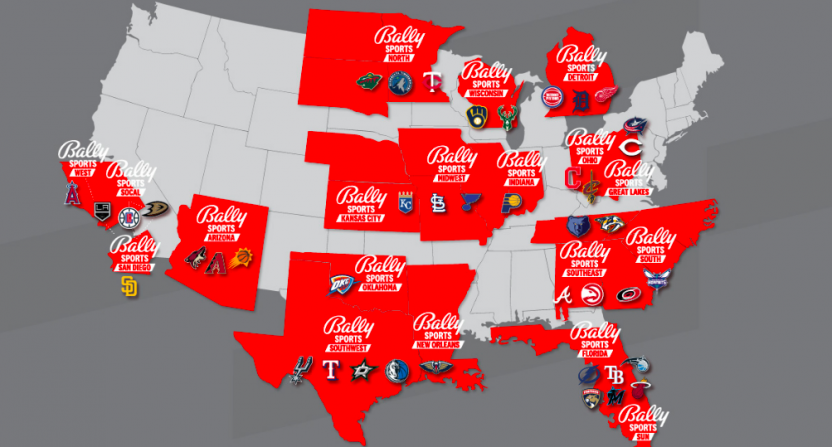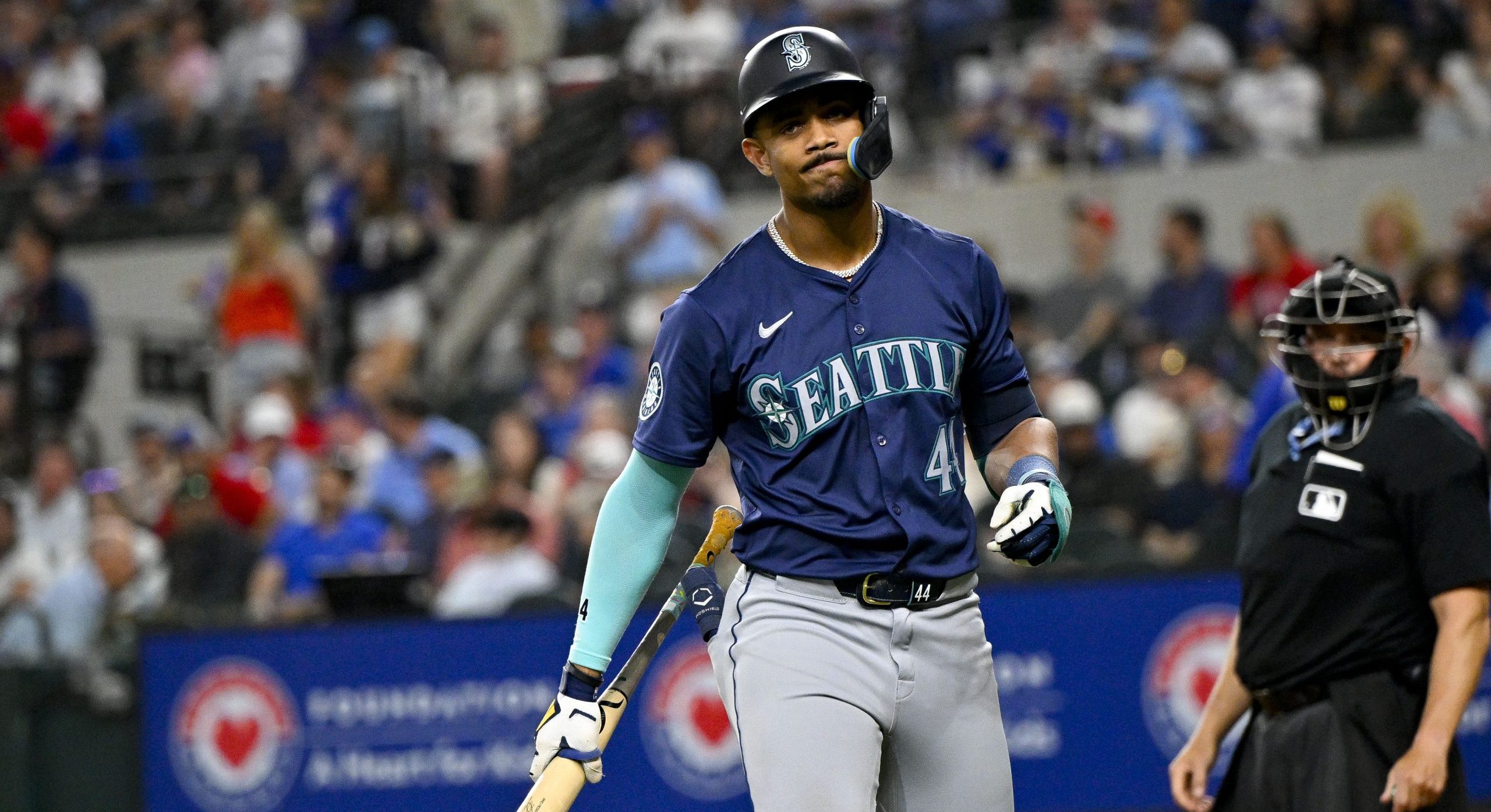Would you pony up $23 a month to watch your local sports team?
That’s that latest price point reportedly being floated to potential investors by Sinclair Broadcasting for a standalone app that could be available to consumers before the start of the 2022 MLB season, looking to raise $250 million to make the dream a reality.
It’s been a long-talked about fantasy for consumers: a true stand-alone app for streaming local games, with no strings attached for the sports fan who wants nothing but. What does that entail? What’s the risk/reward? How does this affect sports teams overall?
The birth of streaming
Streaming services, at first launch, were throwing money at the big networks, trying to get as much product as possible via a broadband platform. Costing pennies versus a traditional cable platform, it was a no-brainer to explore this option for both the networks and the providers. Networks stated their price, and streaming services obliged with the delivery costs on broadband so low.
But we can’t have nice things forever. The streaming services started asking networks for increased fees for carriage with their evolving lineup and leagues wanting more money for their broadcast agreements. Not to mention, other standalone streaming services were created and fighting for content. Over time, it’s resulted in another cable bundle 2.0 with prices the same as, if not more than, your traditional cable bill. It’s the same model, but a different distribution platform. So how does this affect today’s landscape? With the consumer’s high demand for content when and how they want it, not to mention the low cost to deliver the product, it only made sense that a stand-alone live sports option would come to fruition. But how will it work?
Stand-alone sports app
It’s important to remember that live sports are subsidized in cable packaging. Meaning, the cost is being covered by the provider and the consumer, even though not everyone is watching it. It’s the base of why bundling channels makes the most sense financially, and it’s why less popular channels can still exist. Basically, it’s a small percentage of people at the end of the day who wants it vs. who is getting it, and this would shine light on that. If a channel is removed from the bundle, how do you overset the cost to make up for those lost subscribers? The price point to carry a regional sports network (RSN) would have to be pretty damn high. Will $23 cut it? It couldn’t survive on a small price point, like what you may pay for a service like Hulu at $5.99 a month. For instance, Peacock, the standalone streaming service owned by NBC, floated this idea to put their own Philadelphia RSN on Peacock, only to realize the price hike the local Philadelphia customers would see. It doesn’t make sense.
It’s been an interesting dynamic watching Sinclair’s ownership of the RSNs develop over the last year or so. They’ve lost an extreme amount of streaming subscribers, losing deals with the likes of Hulu and YouTube TV. And they haven’t seemed to care much about those losses, nor have the leagues. I’m used to all-out marketing campaigns, pushing the narrative of who’s worse: the provider or the network? But this past year, it’s been radio silent, and I’ve been baffled – until now.
The launch of this stand-alone sports app by Sinclair now getting a price point? Floating a launch time of less than a year from now? Both Sinclair and the professional leagues staying quiet on pushing any negative marketing? In the words of Penny Lane, it’s all happening.
This tells me Sinclair is awfully close to getting an agreement with the leagues, and sports betting is going to be a major piece. As it becomes more legal in states, so does the opportunity for major money to be made to support this standalone app to offset the cost. Bet X amount money per month through the app, get a discounted fee per month! Or even free, eventually.
The biggest downside is that this app would only be available in Sinclair’s markets. But I don’t think for long. Depending on how they work the deals with the leagues, appeasing blackout rules and markets, it could eventually be an out of market add to another streaming service. And Sinclair would be paving the way for other RSNs (for instance, Root Sports) to take their talents to another standalone streaming service.
Again, this has to make sense all financially, and it’s important to remember that this is not replacing the traditional carriage model, but existing alongside of it. For now. If this does come to fruition, it could eventually kill the RSN business model as we know it, because their lifeline is tied to a bundle.
The prehistoric times before streaming
Before the launch of streaming services, a point of reference frequently discussed was *if* a standalone sports channel like ESPN was offered this way to consumers, it would cost $25-$30 per customer. Would consumers love it? Sure. Providers? Absolutely. Sticking the sports on a tier where only few subscribers lived and wanted it and were covering the cost was a unicorn-like opportunity.
But networks? Hard no.
Bundling channels was the most financially sound (and still is) model for the big networks, using their leverage of owning multiple channels to force carriage on to providers. The cost of sports was simply too steep for this pipe dream, until getting content via broadband was created.







